Graphic design for filmmaking came into prominence during the golden age of cinema as filmmakers sought innovative ways to enhance storytelling. Back then, the styles were limited, but now there's a vast array of graphic design techniques available. Regardless of the method, graphic design in film aims to convey mood, establish context, and captivate audiences. Though seemingly a background player, it actually plays a pivotal role in the movie-making process--and it's experiencing a remarkable evolution right now. Elevate your cinematic experience with contemporary graphic design techniques and incorporate them into your next film project.
Movie poster design
Movie poster design is a quintessential aspect of filmmaking that encapsulates the narrative essence and aesthetic identity of a film. Every element, from typography to imagery and color schemes, plays a crucial role in evoking emotions and sparking the curiosity of potential viewers. A successful movie poster not only communicates the genre and tone of the film but also creates a lasting visual impression that can influence audience anticipation and recall. Meticulously crafted compositions harmoniously blend visual hierarchy and storytelling, often resulting in an iconic piece of art that transcends its promotional purpose and becomes a timeless representation of the cinematic experience.
Title sequence design
Title sequence design in filmmaking serves as a crucial narrative and stylistic tool, artistically setting the tone and context for the unfolding story. Designers meticulously craft these sequences, often blending typography, animation, and visual motifs, to encapsulate a film's essence in a highly condensed timeframe. They must ensure the sequence not only aligns with the film's thematic elements but also captivates the audience, creating anticipation and intrigue. Each frame must be a seamlessly integrated component of a cohesive visual narrative, engaging viewers and offering a preview of the film's world and mood without revealing too much.
Key art creation
Key art creation for filmmaking necessitates a deep understanding of the film's narrative, themes, and emotional undertones to encapsulate its essence in a single impactful image. Designers often begin by analyzing the screenplay and key scenes, enabling them to capture moments that resonate with the intended audience, using a harmonious blend of imagery and typography to reflect the film's core message. The choice of color palette, typography style, and compositional balance is crucial, as it must evoke curiosity and convey the genre, while also providing a visual cue to the potential viewer about the film's atmosphere and tone. Advanced digital tools play a significant role in this creative process, allowing designers to manipulate photos, create layered textures, and integrate symbolic elements seamlessly, ultimately producing a piece that serves as the film's visual identity across various marketing materials.
Production design graphics
Production design graphics within filmmaking entails a meticulous synergy of artistic and technical disciplines to visually actualize the narrative world of a film. Designers develop intricate elements such as background signage, product labels, and graphical motifs that seamlessly blend into the narrative, enhancing the believability of the on-screen environment. Detailed research precedes the design process, ensuring that every graphical element supports the film's time period, geographical location, and thematic structure. These elements serve not only to establish a coherent and immersive setting but also to subtly guide the audience's perception, underscoring character development and plot dynamics without overtly drawing attention to themselves.
Concept art drafting
Concept art drafting in filmmaking is an intricate process that necessitates a profound understanding of both visual storytelling and the director's vision for the film. The graphic designer collaborates closely with the production team to translate the narrative's core themes and emotional tones into compelling visual imagery. This involves creating detailed sketches and renderings that capture the essence of characters, settings, and pivotal scenes, ensuring coherence and style consistency throughout. Utilizing various mediums and techniques, the designer must balance creativity with practicality, often iterating based on feedback to refine designs that not only captivate audiences but also provide a visual blueprint for the film's aesthetic direction.
Film marketing materials
Film marketing materials encompass a range of graphic design elements meticulously crafted to capture the essence of a movie and entice potential audiences. Posters serve as visual trailers, distilling the tone, genre, and core theme of the film into a singular, striking image that often becomes iconic. Social media assets, including promotional banners, thumbnails, and GIFs, demand versatility, ensuring they are not only eye-catching but also optimized for various platforms. Box office standees and billboards leverage larger-than-life visuals, marrying imaginative concepts with arresting typography to ensure maximum impact, often incorporating AR elements to engage and immerse the viewer in the cinematic experience.
Visual development assets
In the realm of filmmaking, graphic design plays a pivotal role, particularly in crafting visual development assets that set the aesthetic tone and atmosphere for the entire production. This stage involves meticulously designing concept art, storyboards, and mood boards, which serve as visual blueprints to guide the film's artistic direction. Artists conceptualize settings, characters, and props with immersive detail, ensuring each element cohesively aligns with the movie's narrative and thematic essence. Through digital painting and 3D modeling techniques, designers create vibrant, textured environments that not only aid directors and cinematographers in visualizing the film's universe but also inspire subsequent design teams throughout the production pipeline, fostering a seamless translation from concept to screen.
Logo design for films
In the realm of filmmaking, logo design plays a pivotal role in establishing a film's brand identity and creating a visual shorthand that conveys its essence and themes. A well-executed film logo should encapsulate the narrative's core without divulging too much, using elements such as typography, color schemes, and iconography that resonate with the film's genre, style, and audience. Designers often incorporate subtle visual cues or motifs drawn from the storyline, which demand a balance between creativity and commercial appeal, ensuring the logo is memorable across various marketing channels, such as posters, trailers, merchandise, and digital platforms. High-impact logos can elevate the film's visibility, building anticipation and emotional connection, which are crucial in a competitive market, ensuring that the visual representation aligns seamlessly with the film's promotional strategy and lore.
Digital matte painting
Digital matte painting is an essential aspect of modern filmmaking, serving as a bridge between imaginative worlds and the screen's tangible realm. Using advanced software such as Adobe Photoshop and Autodesk Maya, artists meticulously craft expansive and intricate landscapes, cityscapes, and other environments that defy physical limitations of real-world sets, thereby allowing directors to visually narrate stories set in fantastical or historical settings. These digital canvases demand a harmonious blend of photographic elements, hand-painted textures, and 3D models to create seamless visuals that not only enhance the narrative's depth but also evoke a sense of awe and immersion. Precision in lighting, perspective, and composition plays a crucial role in ensuring that these visual extensions remain indistinguishable from live-action footage, thus maintaining the story's visual continuity and audience immersion.
Film typography design
Graphic design for filmmaking, particularly in the realm of film typography design, is crucial for delineating a film's tone, genre, and aesthetic identity. Designers imbue text with visual characteristics to reflect narrative nuances, using tailored fonts, styles, and placements that evoke specific emotions and historical periods. Cinematic typography becomes a bridge between the screenplay and visual storytelling; therefore, each typographic choice is not merely aesthetic but narrative. The fusion of typeface with on-screen elements enhances viewer immersion, as it resonates with cultural motifs or avant-garde trends, ensuring that the film's essence is captured before a single word is spoken by the actors or a scene unfolds, crafting an indelible visual signature.







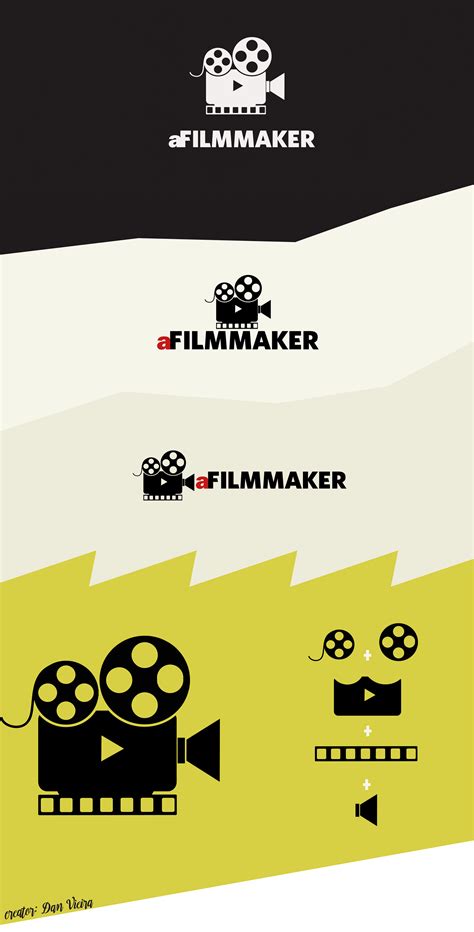
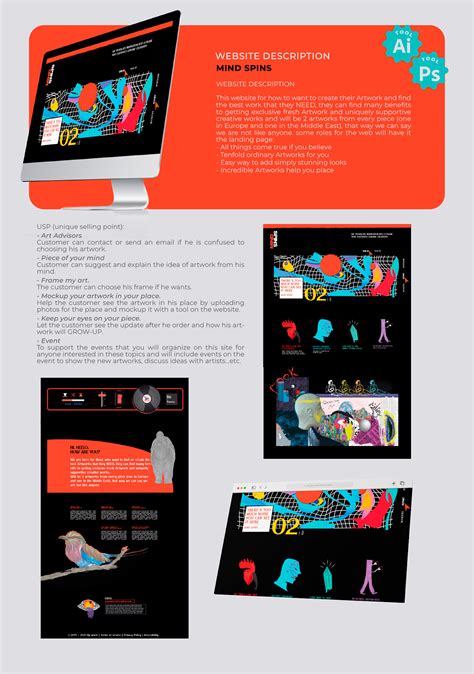
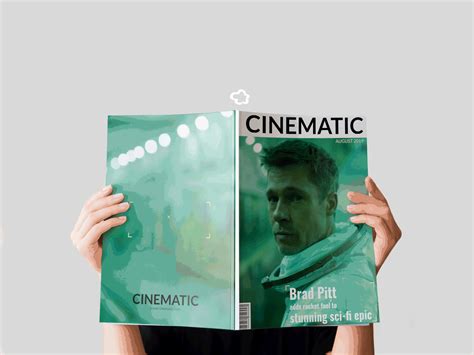
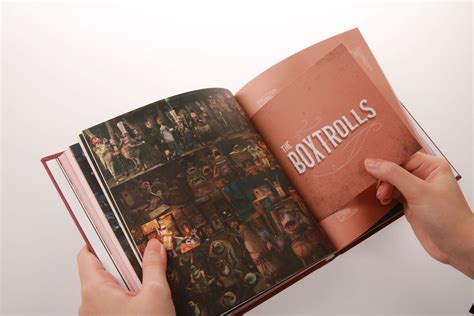
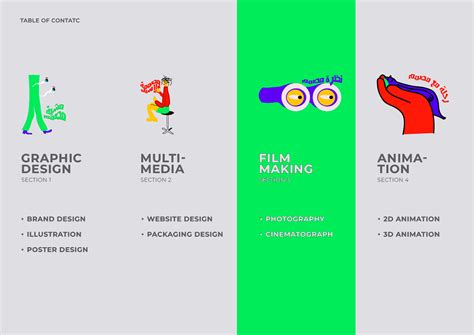
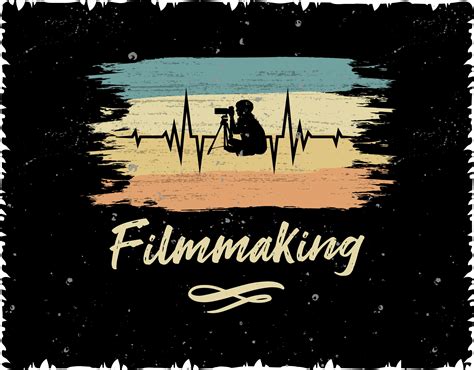
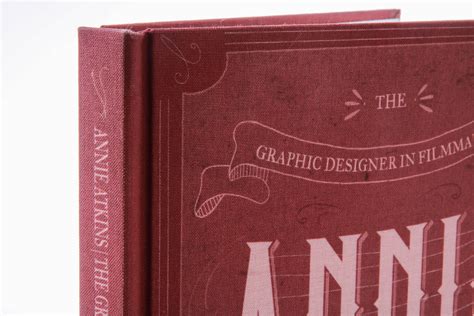
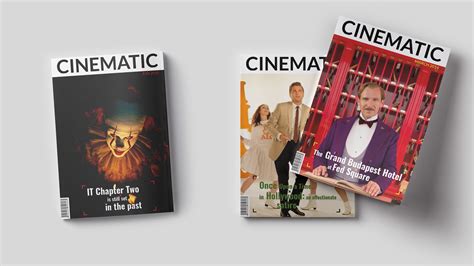
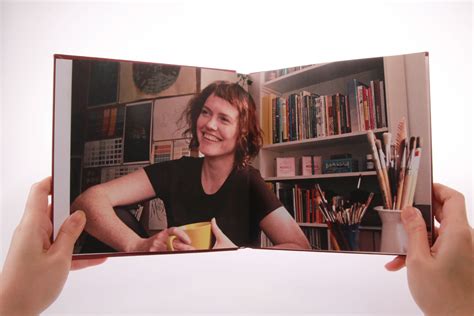
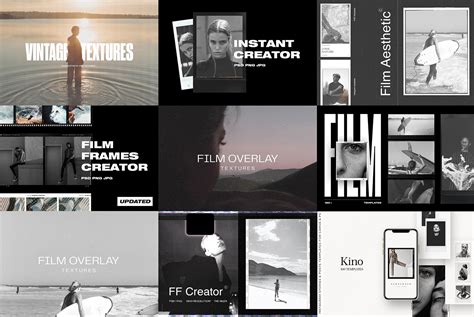
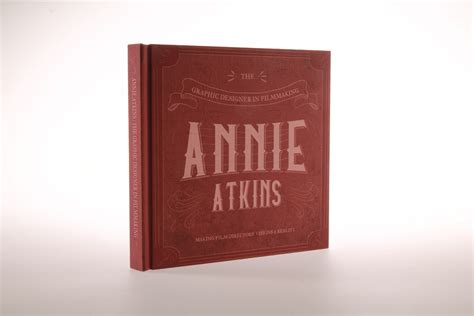
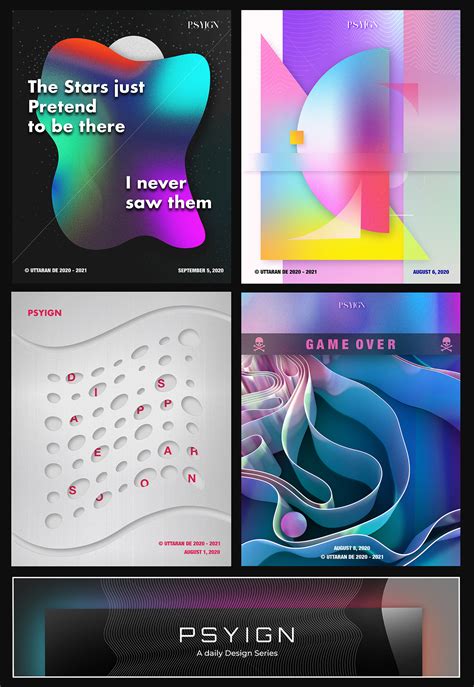
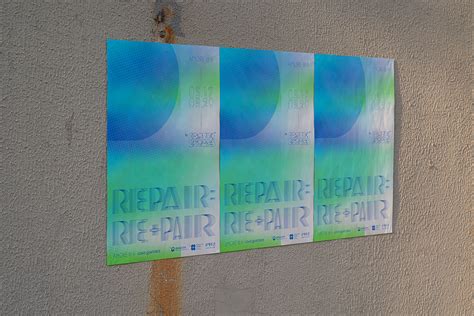
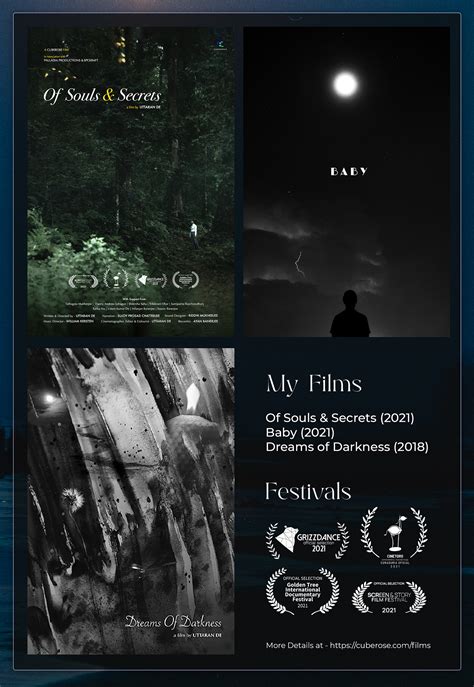
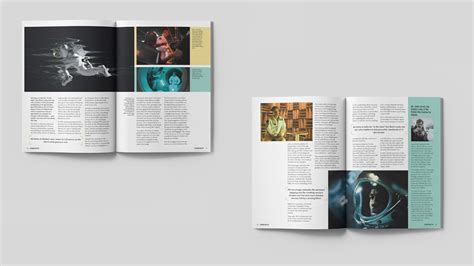
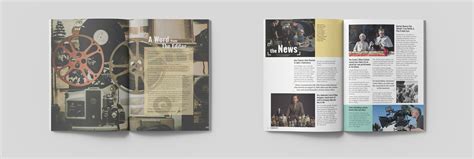
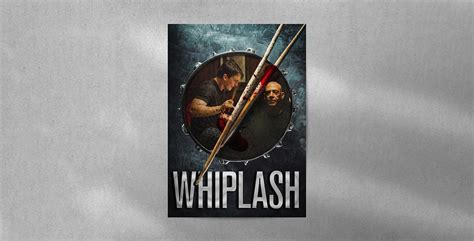
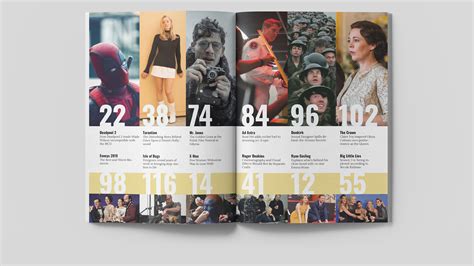
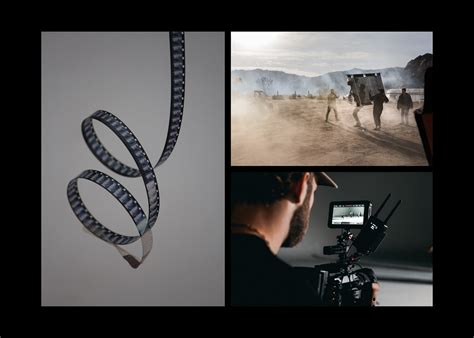
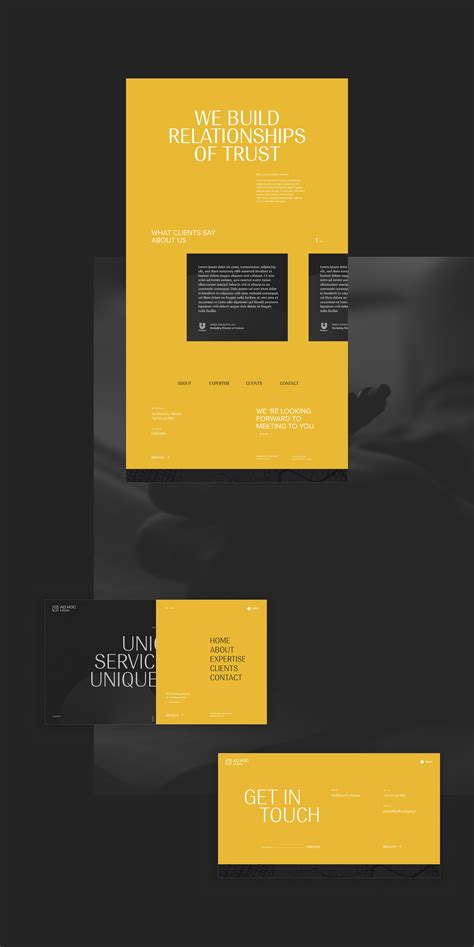

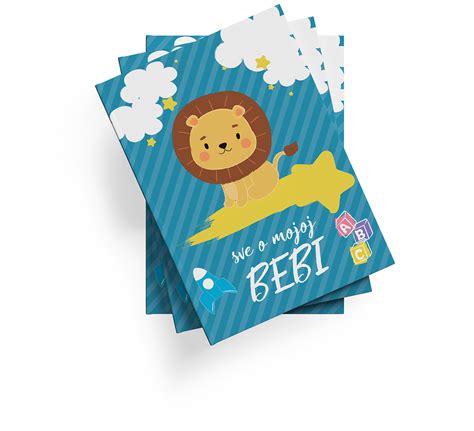
Leave a Reply
Your email address will not be published.